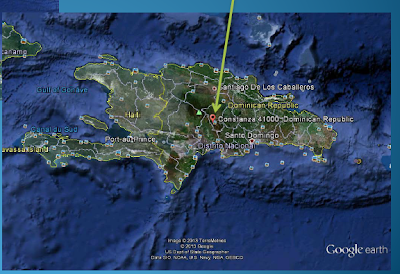Top Bar Beekeeping in Jamaica: A Personal Account by F2F Volunteer, Jessie Brown

I've been back Stateside for a few days after spending 2 weeks traveling through Jamaica teaching Top Bar Hive Beekeeping, Treatment Free Beekeeping, Queen Rearing and Beeswax Products through the Partners of the America's Farmer to Farmer Program. Top bar model apiary at Yerba Buena Farm in St. Mary In a nutshell, I taught 152 beekeepers on Top Bar Hives and Sustainable Beekeeping from one end of Jamaica to the other, in Kingston, Westmoreland, Bartons, St. Thomas, St. Mary and Portland. Jamaica has banned the importation of beeswax to the country, so they can't make enough beeswax to support the foundation needed for Langstroth hives. Each apiary is suggested to have 10% Top Bar hives, solely for wax production, but nobody knows how to use this style of hive yet! I was there continuing the education of previous trainers, New Mexico's own Les Crowder and Megan Mahoney! Tom Hebert from Honduras has also participated in the program. J essie's Top 9 Te...


